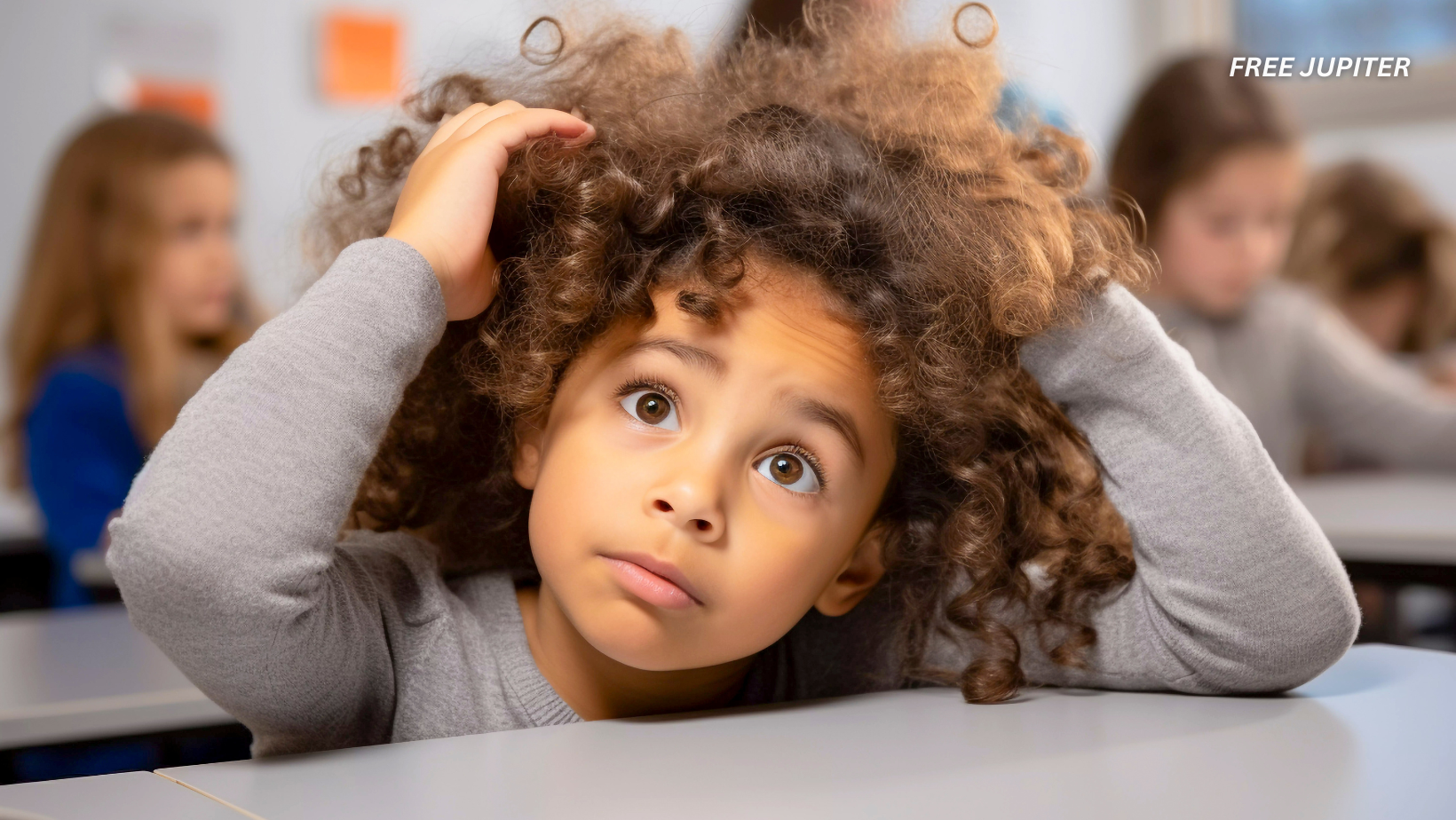Friendly Note: FreeJupiter.com shares general info for curious minds 🌟 Please fact-check all claims—and always check health matters with a professional 💙
Let’s take a walk down memory lane—one lined with school hallways, strict rules, and zero tolerance for what we now see as harmless quirks or everyday behaviors. In the not-so-distant past, kids were getting into major trouble for things that, today, barely raise an eyebrow. Some were even expelled for actions we now recognize as self-expression, creativity, or just… being a kid.
Here are 14 surprising examples of how school rules have evolved with the times—and why that’s probably a good thing.
1. Coloring Their Hair
Once considered a rebellious act of teenage defiance, dyeing your hair blue or pink was enough to land you in serious trouble. Schools feared it would distract other students or “undermine discipline.” Some kids were sent home—or worse—over a splash of Manic Panic.
Today? Not only are rainbow locks widely accepted, some schools actually celebrate them during spirit weeks. Hair color is seen as a harmless form of self-expression. And thankfully, most educators now understand that creativity isn’t contagious chaos.
2. Doodling in Class
Once upon a time, sketching superheroes or dragons in the margins of your notebook was a fast track to detention. Teachers assumed it meant you weren’t paying attention, even if you were actually listening.
These days, we know better. Studies have shown that doodling can actually help with focus and memory. Some teachers even encourage students to draw as they learn. Turns out, art doesn’t equal anarchy.
3. Wearing Tank Tops
Shoulders! The horror! For years, sleeveless tops—especially for girls—were treated as if they might somehow disrupt the educational space. Dress code violations could lead to suspension, or even expulsion in extreme cases.
Now, most schools have adopted more reasonable dress codes. Tank tops are generally allowed, as long as they’re not overly revealing. The focus has shifted from strict modesty to personal comfort and practicality.
4. Bringing a Cell Phone
In the early 2000s, just having a phone on you at school could get you into deep trouble. Many schools banned them outright, fearing cheating, distractions, and general mayhem.
Fast forward to now: smartphones are practically a classroom tool. While rules still exist, students use phones for research, accessing learning apps, and even checking their homework schedules. What used to be “contraband” is now just another school supply.
Read more: Simple Breathing Practice Found to Improve Emotional Control, Study Says
5. Kissing a Classmate
A quick kiss on the cheek or holding hands behind the gym used to cause full-blown panic in some schools. Public displays of affection were strictly forbidden—and yes, even the most innocent acts sometimes led to suspensions or expulsions.
Nowadays, while there are still guidelines about appropriate behavior, schools are less rigid. They’re more focused on ensuring mutual respect and consent, not overreacting to harmless affection. Middle school romance isn’t grounds for expulsion anymore.
6. Speaking Their Native Language
At one point, students were scolded—or worse, disciplined—for speaking languages other than English. Even casual conversations between friends were seen as “rude” or “defiant.”
Thankfully, that attitude has shifted. Multilingualism is now often celebrated. Bilingual education is on the rise, and speaking more than one language is viewed as a valuable skill, not a threat.
7. Writing “Too Dark” Stories
Imaginative kids who wrote about monsters, villains, or dystopias often found themselves in trouble. Teachers sometimes mistook fiction for a red flag, leading to visits with the school counselor—or expulsion.
Today, there’s a much better understanding of the role creative writing plays in emotional development. Students are encouraged to explore different genres, and dark fiction is seen as normal, not dangerous.
8. Bringing a Toy to School
From Tamagotchis to action figures, toys used to be seen as ticking time bombs of distraction. Many schools banned them outright—and breaking that rule could get you kicked out.
These days, toys still have their limits, but educators have loosened up. Items like fidget toys or stress balls are even used to help kids focus. The rule of thumb now is: if it’s not a disruption, it’s probably okay.\
9. Having a Mental Health Episode
There was a time when panic attacks or emotional outbursts were misinterpreted as “bad behavior.” Instead of receiving help, kids were sometimes punished for disrupting class.
Now, schools are far more aware of the importance of mental health. Many have full-time counselors, quiet rooms, and emotional support systems in place. Struggling students are offered help—not punishment.
Read more: Yes, You Can Learn to Love Exercise—Here’s the Science-Backed Method
10. Playing Rough at Recess
Good-natured roughhousing used to be treated like a crime. A game of tag that turned a little too rowdy could lead to disciplinary action—even if no one got hurt.
Today, teachers are more trained to recognize the difference between play and actual aggression. Recess is still supervised, but kids are allowed to blow off steam without immediate consequences.
11. Forgetting Homework
In hyper-strict schools, missing assignments could get you labeled as “defiant” or lazy. A few late papers could snowball into serious trouble—or even expulsion.
These days, teachers are more understanding. There’s more room for grace, and support systems have replaced punishment. Life happens, and educators are learning to meet students where they are.
12. Wearing Makeup
Even a hint of mascara was once considered scandalous—especially for younger students. Wearing makeup could result in being sent home or written up, all in the name of “appropriateness.”
Now? Light makeup is pretty much normalized. Students use it for self-expression, and stage makeup is common during school plays or themed events. The rules have caught up with reality.
13. Sharing Snacks
Once upon a time, giving your classmate a cookie could trigger a school-wide alarm. Food allergies and liability fears led many schools to ban snack-sharing altogether.
While schools still take allergies seriously, the approach is more thoughtful now. Instead of blanket bans, kids are taught to ask first, and schools communicate dietary rules clearly. Sharing is back—safely.
14. Questioning a Teacher
In the past, asking “why?” could be seen as backtalk. Even genuine curiosity was often met with punishment for “challenging authority.”
Now, questioning is part of learning. Teachers encourage students to think critically and ask questions respectfully. It’s about dialogue, not discipline.
Read more: Doctor Issues Urgent Warning About TikTok ‘Mouth Taping’ Trend
Final Thoughts: A Little Rule-Bending Can Be a Good Thing
Looking back, it’s wild to think how strict schools once were over things that feel completely normal today. But these changes reflect something positive: a growing awareness that students aren’t robots—they’re humans with emotions, personalities, and the need to express themselves.
By relaxing the reins just a bit, schools have created space for creativity, compassion, and common sense. And really, isn’t that what learning’s all about?










